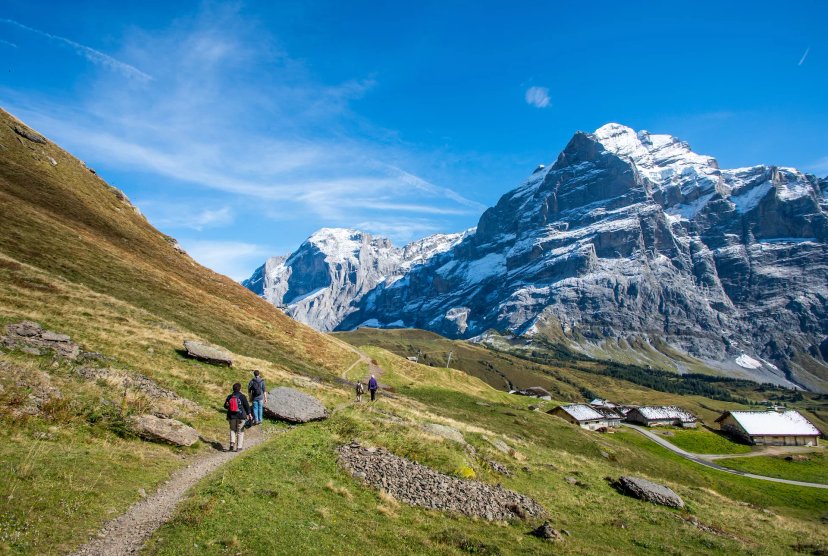
Self-guided trekking tours in Switzerland, hiking from hut to hut across epic Alpine landscapes and enjoying hearty meals served alongside breathtaking views.
Have questions? Talk to us.
Anja Hajnšek
Usually replies within 1 hour!
Portfolio brand of:World Discovery
Tours
Walker’s Haute Route Self GuidedVia Alpina SwitzerlandWalker’s Haute Route – EastMatterhorn TrekAletsch Glacier Panorama TrailKesch TrekGreina Plateau HikeTour du Mont Blanc Highlights – 5 Day ItineraryValais High Altitude EscapeMont Blanc to Matterhorn TraverseChur Terrace HikeAlpstein High Trail HighlightsVia Alpina: The Bear TrekWalker’s Haute Route – West



